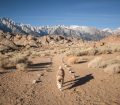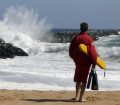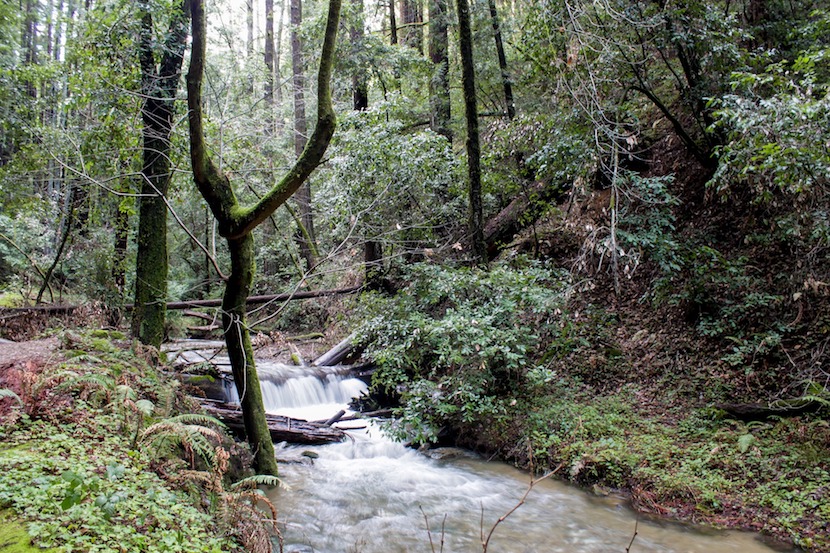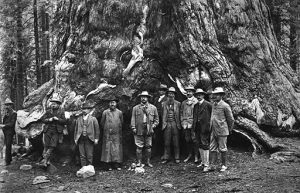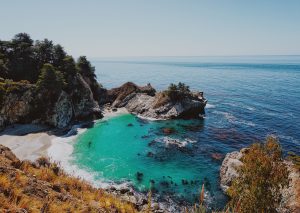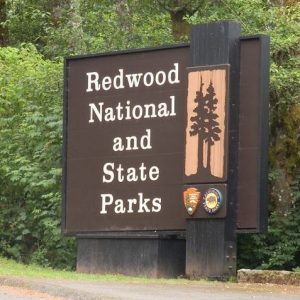“Thousands of tired, nerve-shaken, over-civilized people are beginning to find out that going to the mountains is going home; that wildness is a necessity” ―John Muir, Our National Parks
Nature preservation and conservation efforts date back as far as the mid 1800’s. Pioneers such as John Burroughs, George Perkins, John Muir, and many others have convinced us as Americans the importance of preserving land, water, and wildlife. Many of these important people in nature preservation history have tried to officially enact laws that would prevent the destruction of available sites and resources. Even George Washington’s home at Mt. Vernon came very close to being lost to the ravages of time.
On March 1, 1872, President Ulysses S. Grant signed The Act of Dedication law that created Yellowstone National Park, the first National Park in the U.S. and probably the world. Later, avid outdoorsman and President Theodore Roosevelt created many more national parks including Yosemite and signed the Antiquities Act of 1906 that preserved more national landmarks such as the Grand Canyon.
In 1933 all national monuments, national parks and military historical sites were put under the single umbrella of the U.S. Park Service. And finally, in October 1966 the National Historic Preservation Act was enacted to preserve historic sites and lands across the country.
Why is this important? We as humans need nature and these collections of acts and laws helped protect and set aside open spaces, wildlife refuges and historical landmarks that are a benefit for all. Now virtually every locale in the U.S. has a place nearby where people can experience the open spaces of the Great Outdoors whether it’s a local park, desert, forest or shoreline.
Growing up in the San Francisco Bay Area, getting away from the go go go is a necessity. But sometimes packing a bag and getting away for a few days to recharge is not always possible. So I grab a pack, water, some snacks, my camera, and off I go to a local trail. During my visit I can not only take a breather, I can practice some photography techniques, teach my kids proper trail etiquette, have some bonding time with my wife, or just enjoy the world outside the box.
Check out your local park’s website. A lot of parks and nature preserves have activities besides walking/hiking trails. Some offer activities like tours guided by local docents where you can explore what types of plants and wildlife are in the park, night sky hiking and photography groups. There are also plenty of fun activities for your kids to enjoy. If you arrive early in the morning when it’s quiet you’d be surprised how much wildlife you can see that are able to thrive adjacent to or even inside a large city.
So the next time you need to take a break you don’t necessarily have to go on a full-on expedition to a national park. Just head to a local nature park or preserve, enjoy some nature, recharge and remember why these resources are important to us!
California by the numbers:
118 State Parks
31 National Wildlife Refuges
19 National Forests
11 State Reserves
11 State Wildlife Areas
9 National Parks
9 State Recreation Areas
9 State Fish Hatcherys
8 State Forests
5 State Historic Sites
3 National Historic Sites
3 National Recreation Areas
1 National Seashore
1 Metro and City Parks
1 State Nature Preserve

